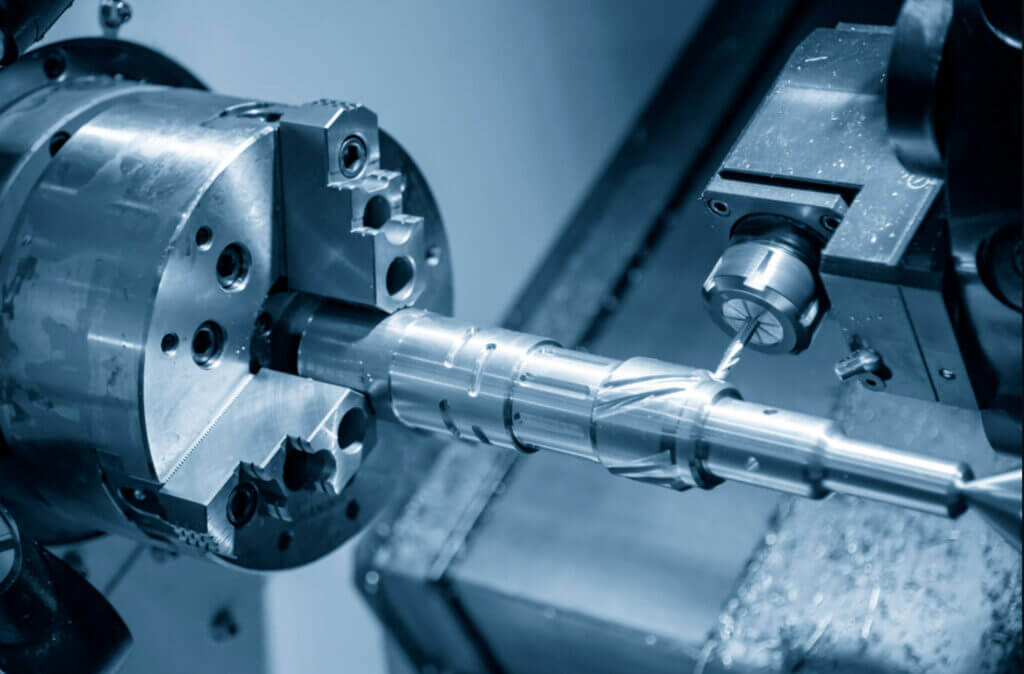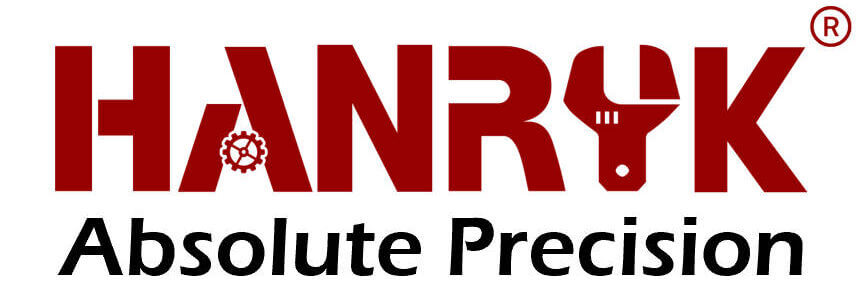5 Tips for Cost-Effective CNC Machining
- by Hanryk® Team
- December 30, 2021
CNC machining is a popular manufacturing process used to create precise parts for a wide range of industries. While the process offers many advantages, it can also be costly if not approached with cost-effectiveness in mind. In this article, we’ll explore five tips to help you save money and increase cost-effectiveness in CNC machining.

Choose the right materials: One of the most significant factors that can impact CNC machining costs is the materials used. Materials like titanium and other high-performance alloys may offer superior properties but can significantly increase manufacturing costs. Choosing more cost-effective materials like aluminum, brass, or certain types of steel can help keep costs down without sacrificing quality.
Optimize your design for CNC machining: Your part design can significantly impact the cost of CNC machining. Complex geometries, tight tolerances, and other design features may require additional tooling or specialized equipment, which can drive up costs. Optimizing your design for CNC machining can help reduce costs by minimizing these factors and streamlining the manufacturing process.
Minimize scrap and waste: Scrap and waste can add up quickly in CNC machining, driving up costs and reducing efficiency. To minimize waste, consider using a modular design that can accommodate a wide range of part variations or nesting parts more efficiently to maximize material usage.
Streamline your production process: Inefficient production processes can also drive up costs in CNC machining. Streamlining the production process by reducing setup times, optimizing tool paths, and minimizing changeovers can help reduce costs and increase efficiency.
Work with an experienced CNC machining partner: Finally, partnering with an experienced CNC machining provider can help you save money and increase cost-effectiveness. A knowledgeable provider can help you optimize your design, select the right materials, and streamline the production process to maximize efficiency and reduce costs.
In conclusion, cost-effectiveness is an essential consideration in CNC machining, and by following these five tips, you can help reduce costs and increase efficiency. By optimizing your design, minimizing waste, and working with an experienced partner, you can achieve high-quality results while keeping costs under control.

